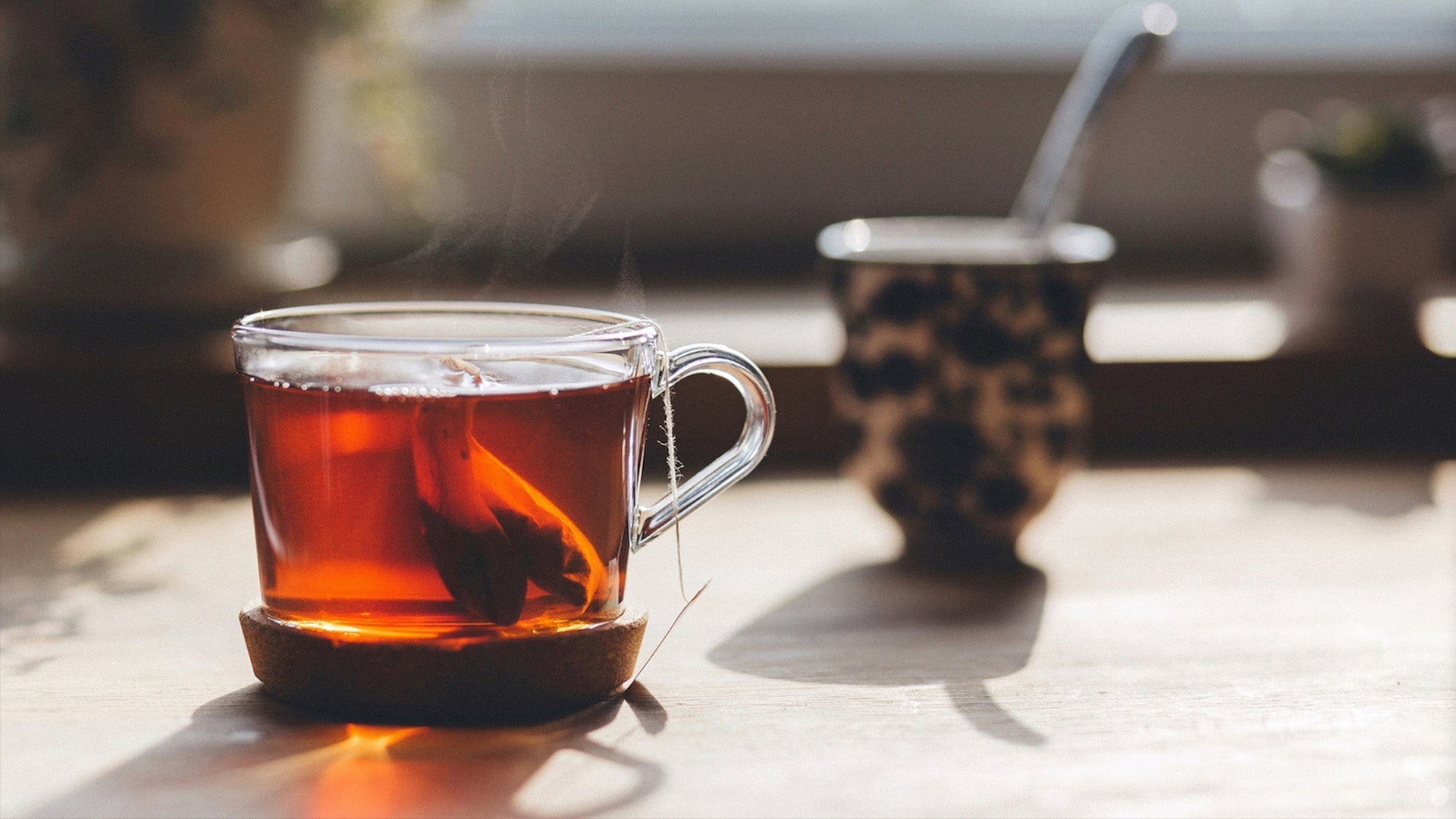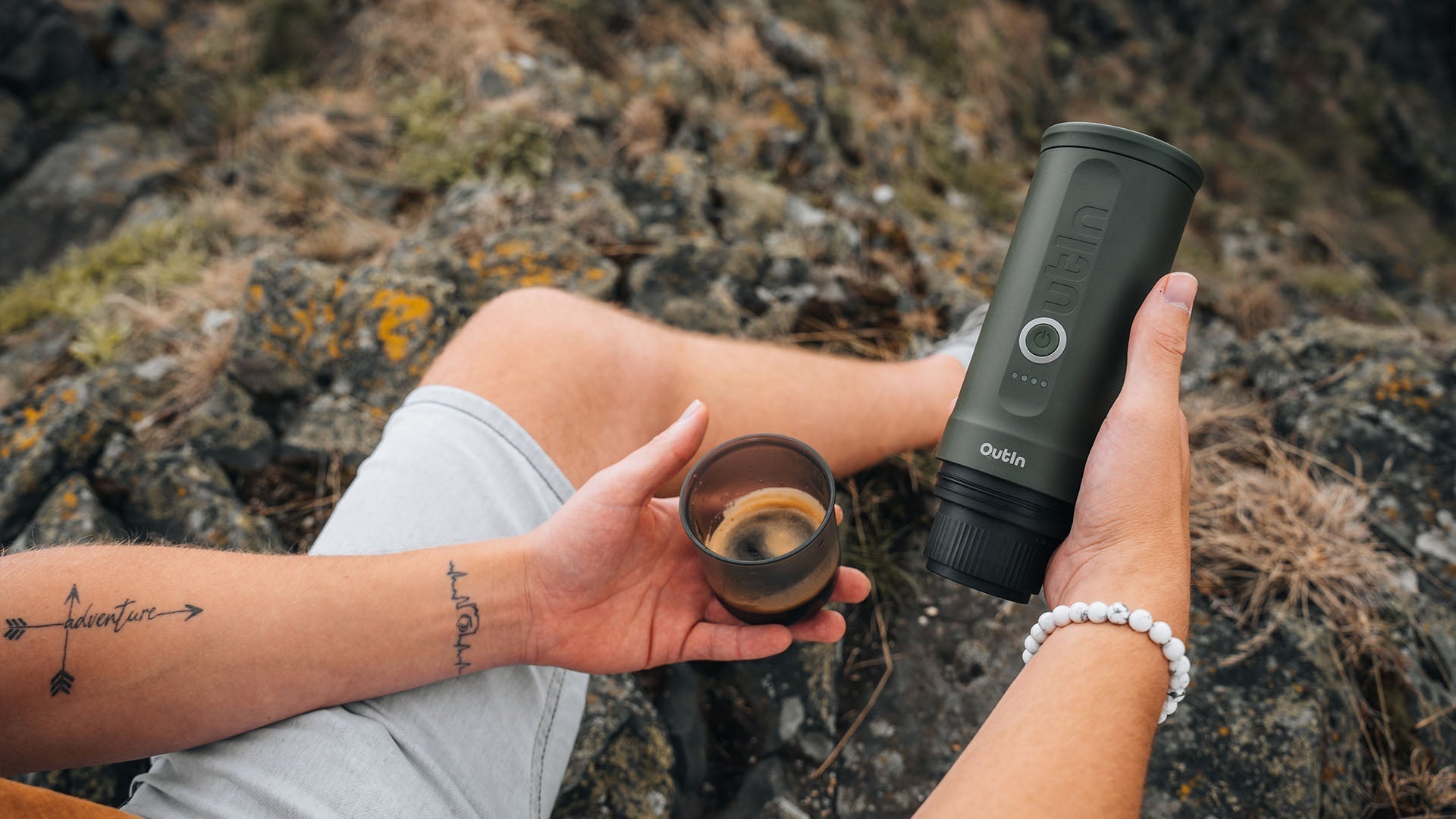The grind size of your coffee directly determines what your coffee will taste like. Use the wrong grind size, and you'll end up with sour or bitter-tasting coffee. All brewing equipment—French press, drip coffee, espresso—requires a specific grind size to extract the right flavors at the right rate. This simple-to-use guide will allow you to match your grind size with your brew method to improve your coffee without breaking the bank on beans or gadgets.
OutIn Fino Portable Electric Coffee Grinder
Why Brewing Methods Demand Different Grinds
Every brewing method is ideal with a specific grind size. It's not coffee snobbery—it's science. When you have the incorrect grind size, your coffee will taste sour (under-extracted) or bitter (over-extracted).
The main reason that various methods need varying grinds is contact time—how long the water and coffee remain in contact with one another. Higher contact time techniques (like cold brew) need coarser grinds. Lower contact time techniques (like espresso) need finer grinds.

The spectrum above shows the complete range of coffee grind sizes from extra coarse to extra fine. Notice how each grind size pairs with specific brewing methods. This simple relationship follows a clear pattern: the longer the brewing time, the coarser the grind should be.

Coffee Grind Sizes: Detailed Guide & Brewing Matches
Each coffee grind size has specific characteristics and ideal brewing methods. This section shows you exactly what each grind looks like, how to identify it by touch, and which coffee makers it works best with. Follow this guide from largest to finest particles to perfect your brewing technique.
Extra Coarse Grind
What it looks like: Large, chunky particles similar to peppercorns or rock salt
How to identify it: The individual coffee particles are clearly visible and distinctly separate
Best for: Cold brew coffee
Extra coarse grounds work perfectly with cold brew because this method uses long steeping times (12-24 hours). The large particles release flavors slowly, preventing the bitter compounds from overwhelming your brew. Some French press enthusiasts with coarser mesh filters also prefer this grind size for a cleaner cup with less sediment.
Coarse Grind
What it looks like: Similar to coarse sea salt or demerara sugar
How to identify it: Still quite chunky but more uniform than extra coarse
Best for: French press, percolator
French press brewing thrives with coarse grounds because they're large enough to be caught by the metal mesh filter while still extracting proper flavor during the 4-minute steep. Coarse grounds also work well in percolators, where water passes through the coffee multiple times. Using finer grounds in these methods would result in muddy coffee and bitter over-extraction.
Medium-Coarse Grind
What it looks like: Similar to coarse sand or kosher salt
How to identify it: Gritty texture with visible particles, but smaller than coarse grind
Best for: Chemex, flat-bottom drip brewers
The thick paper filters used in Chemex brewers pair perfectly with medium-coarse grounds. This combination slows the water flow rate just enough for proper extraction while still maintaining the clean, bright profile Chemex is known for. Flat-bottom drip coffee makers also benefit from this grind size because it promotes even water distribution across the coffee bed.
Medium Grind
What it looks like: Regular beach sand
How to identify it: The most common grind size; feels slightly granular but still somewhat smooth
Best for: Drip coffee makers, Aeropress (standard method), siphon brewers
Medium grind is the standard for most home coffee makers with cone-shaped filters. This size provides optimal resistance for the typical 4-5 minute brewing cycle of automatic drip machines. For Aeropress with standard brewing (2-3 minute steep time), medium grounds offer the right balance of extraction speed and flavor clarity.

Medium-Fine Grind
What it looks like: Between granulated sugar and table salt
How to identify it: Feels more powdery than medium but still has some texture
Best for: Pour-over methods (V60, Kalita Wave), Aeropress (quick method), Moka pot
Pour-over brewing methods like the Hario V60 create a focused column of water through the coffee bed, requiring slightly finer grounds to increase resistance and extraction. The Moka pot's pressurized brewing system needs this grind size to create proper resistance without clogging the filter basket. For quick Aeropress methods (1-minute steep), medium-fine grounds extract rapidly enough for a full-flavored cup.
Fine Grind
What it looks like: Similar to table salt or fine sugar
How to identify it: Powdery with very small, consistent particles
Best for: Espresso machines
Espresso machines force hot water through coffee at high pressure (9 bars) in just 25-30 seconds. This extremely short contact time requires fine grounds to provide adequate resistance and proper extraction. The uniformity of fine grounds is crucial—inconsistent particles will create channeling in the espresso puck, leading to uneven extraction and sour shots.
Extra Fine Grind
What it looks like: Powdery like flour or powdered sugar
How to identify it: Feels completely smooth between fingers with no detectable grit
Best for: Turkish coffee
Turkish coffee has the finest grind of all brewing methods because the grounds remain in the cup during consumption. This powder-like consistency allows for rapid extraction when briefly boiled in a cezve (Turkish coffee pot). The extremely fine particles also settle to the bottom of the cup, creating the characteristic thick sediment layer.

Other Factors That Influence Your Ideal Grind Size
While matching grind size to brewing method is essential, several other factors affect your ideal grind. Understanding these variables helps you make precise adjustments for your perfect cup.
Personal Preference
The standard grind recommendations serve as starting points, not absolute rules. You can adjust based on your flavor preferences:
- If your coffee tastes sour or weak: Try a slightly finer grind to increase extraction
- If your coffee tastes bitter or harsh: Go slightly coarser to reduce extraction
Even small adjustments can significantly change your coffee's flavor profile. For pour-over methods, going just one setting finer might transform a thin, acidic cup into a balanced, sweet brew.
Coffee Bean Characteristics
Different coffee beans extract differently based on several factors:
- Roast level: Darker roasts extract more easily than light roasts, often requiring a slightly coarser grind
- Processing method: Natural (dry-processed) coffees may need a different grind than washed coffees
- Bean density: Dense, high-altitude beans typically need a finer grind than lower-density beans
- Age: Freshly roasted coffee (3-14 days off roast) releases more CO2 and may require a slightly coarser grind than older beans
When switching between significantly different coffees, you'll likely need to adjust your grind size even when using the same brewing method.
Grinder Quality
Your grinder's quality directly impacts your coffee's taste, regardless of how carefully you measure everything else:
- Blade grinders produce inconsistent particles—some too fine, others too coarse—leading to simultaneous under and over-extraction
- Cheap burr grinders often create too many "fines" (dust-like particles) that cause bitterness
- Quality burr grinders produce uniform particles that extract at the same rate, creating balanced flavor
If you're serious about coffee quality, a good burr grinder is the most important investment you can make—even more important than an expensive brewing device.
Nano Portable Espresso Machine (OutIn Teal)
Perfect Your Grind Size!
The right grind is most often the difference between substandard and delicious coffee. Start out by discovering your grind in proportion to your brewing method—coarse for slow brewing times, fine for quick ones. Make small adjustments afterward based on taste: finer if your coffee is sour, coarse if it is bitter. Keep in mind that bean and grinder types also have a role. Once these basics have been mastered, you'll be brewing better coffee without fancy machines or foreign beans.






Leave a comment
This site is protected by hCaptcha and the hCaptcha Privacy Policy and Terms of Service apply.